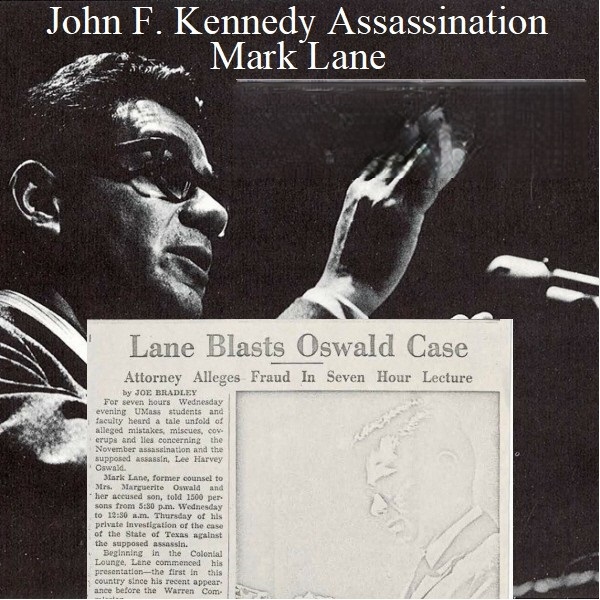
John F. Kennedy Assassination: Mark Lane FBI & Warren Commission Files
$19.50
Description
Kennedy Assassination: Mark Lane and the Warren Commission
Timeline of Events (Based on Provided Source)
- November 22, 1963: President John F. Kennedy is assassinated. Lee Harvey Oswald is identified as the alleged assassin.
- Shortly after November 22, 1963: News reports and initial police announcements identify the rifle found as a German Mauser. This is later revised to an old WWII Mannlicher-Carcano rifle. Doctors at Parkland Hospital report an entrance wound in President Kennedy’s throat.
- Within four weeks of November 22, 1963 (by mid-December 1963): The far-left New York newspaper, the National Guardian, publishes an article written by Mark Lane. In this article, Lane acts as Oswald’s defense attorney, raising questions about witness testimonies, the paraffin test results, conflicting reports about the rifle, the reported entrance wound, the role of the FBI, and the press’s premature conviction of Oswald.
- December 1963 – December 1964: The Warren Commission actively gathers and creates documents related to its investigation of the Kennedy assassination. These files include information on key individuals, including Mark Lane.
- During the Warren Commission’s Inquiry (likely early 1964): Mark Lane contacts the Warren Commission and expresses his desire to participate in their inquiry, stating he represents the interests of Lee Harvey Oswald.
- Approximately three months after Lane’s initial contact (likely mid-1964): The Warren Commission appoints Walter E. Craig, president of the American Bar Association, to officially represent the interests of Lee Harvey Oswald before the Commission.
- Around the same time as or shortly after Craig’s appointment (likely mid-1964): Marguerite Oswald, Lee Harvey Oswald’s mother, chooses Mark Lane to publicly represent her son’s interests.
- 1966: Mark Lane’s book critical of the Warren Commission, “Rush to Judgment,” is published and becomes a best seller.
- 2011: Mark Lane’s book, “The Last Word: My Indictment of the CIA in the Murder of JFK,” is published.
Cast of Characters (Based on Provided Source)
- John F. Kennedy: The President of the United States who was assassinated on November 22, 1963. The event triggered the investigation by the Warren Commission.
- Lee Harvey Oswald: Identified by authorities as the alleged assassin of President Kennedy. Mark Lane initially attempted to represent his interests before the Warren Commission, and later was chosen by Oswald’s mother to represent his interests publicly.
- Mark Lane: An attorney and author known for his exploration of John F. Kennedy assassination conspiracy theories. He wrote an early article questioning Oswald’s guilt and later authored the influential book “Rush to Judgment” critical of the Warren Commission. He initially sought to represent Oswald before the Commission and was later chosen by Oswald’s mother for public representation.
- Marguerite Oswald: The mother of Lee Harvey Oswald. She chose Mark Lane to publicly represent her son’s interests.
- Walter E. Craig: The president of the American Bar Association. He was appointed by the Warren Commission to officially represent the interests of Lee Harvey Oswald during the Commission’s inquiry.
- Warren Commission: Officially known as the President’s Commission on the Assassination of President Kennedy. This commission was established to investigate the assassination of President Kennedy. The provided source focuses on files related to Mark Lane collected by this Commission
John F. Kennedy Assassination: Mark Lane FBI & Warren Commission Files
2,059 pages of FBI and Warren Commission files involving JFK assassination conspiracy theorist and author Mark Lane.
The documents, mostly dating from December 1963 to December 1964, were selected from the “Key Persons” File of the President’s Commission on the Assassination of President Kennedy, also known as the Warren Commission.
Attorney Mark Lane is best known as an author exploring John F. Kennedy assassination conspiracy theories. In 1966, his book critical of the Warren Commission, “Rush to Judgment” became a best seller. In 2011, his “The Last Word: My Indictment of the CIA in the Murder of JFK,” was published.
Four weeks after the November 22, 1963 Kennedy assassination, the far left New York newspaper the National Guardian published an article written by Lane. In the article Lane took the role of Oswald’s defense attorney, addressing several issues including the witnesses who claimed to have seen Oswald on the sixth floor of the school book depository; the paraffin test which, to Lane, indicated that Oswald had not fired a rifle recently; the conflicting claims about the rifle which at first had been, as the police announced, a German Mauser and afterwards an old WWII Mannlicher-Carcano rifle; the Parkland Hospital doctors announcing an entrance wound in the throat; the role of the FBI; and the press, who Lane said convicted Oswald before his guilt was proven.
Lane later contacted the Warren Commission desiring to participate in the Commission’s inquiry, representing the interests of Lee Harvey Oswald. Three months later the Commission appointed Walter E. Craig, president of the American Bar Association, to represent the interests of Oswald. However, Lane did become the attorney chosen by Marguerite Oswald, Lee Harvey’s mother, to publicly represent Oswald’s interest.
The documents contained in these files were photocopied by the Commission from the mass of documents that were created or accumulated by the Commission, to form a segmented collection of documents covering Mark Lane. Most documents were created by the Warren Commission, FBI, Department of Justice, and the Department of State.
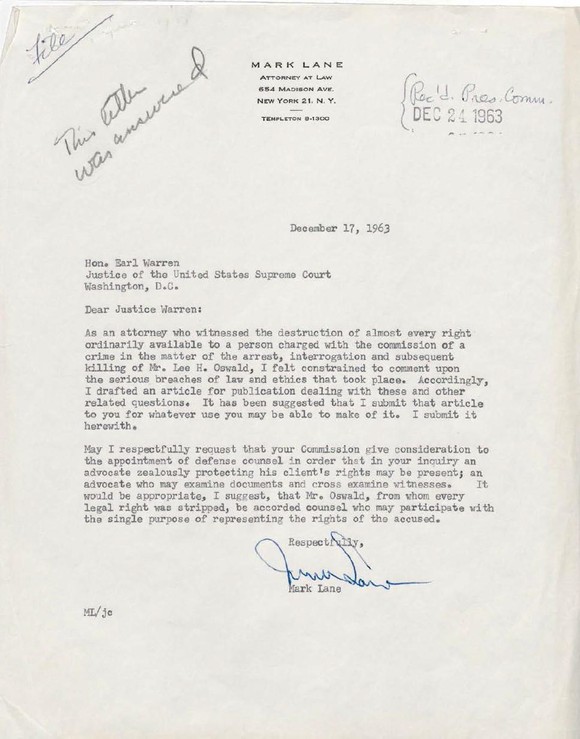
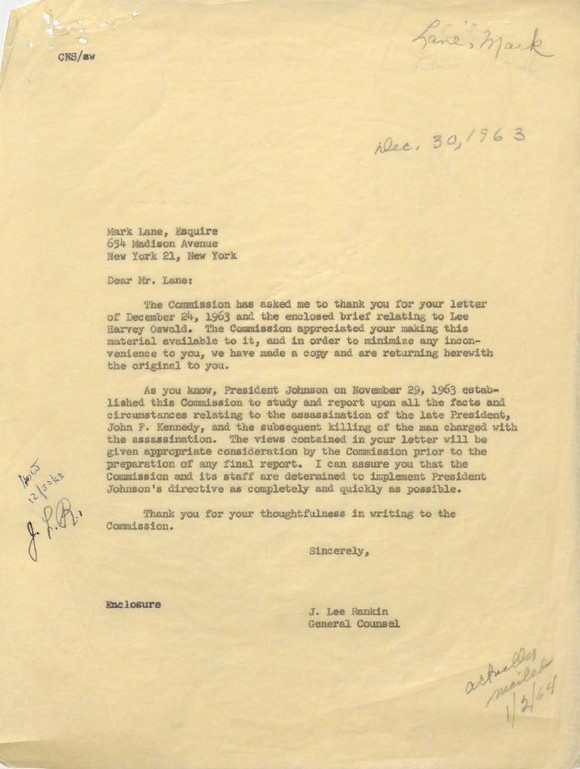
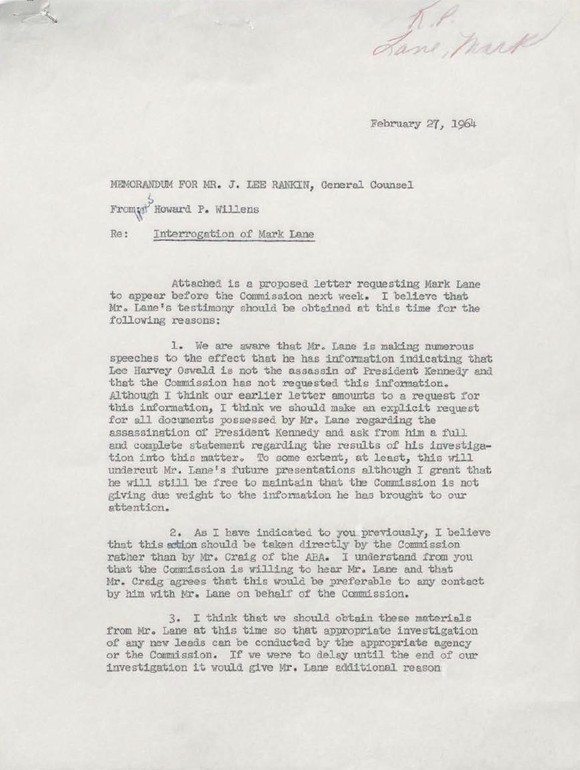
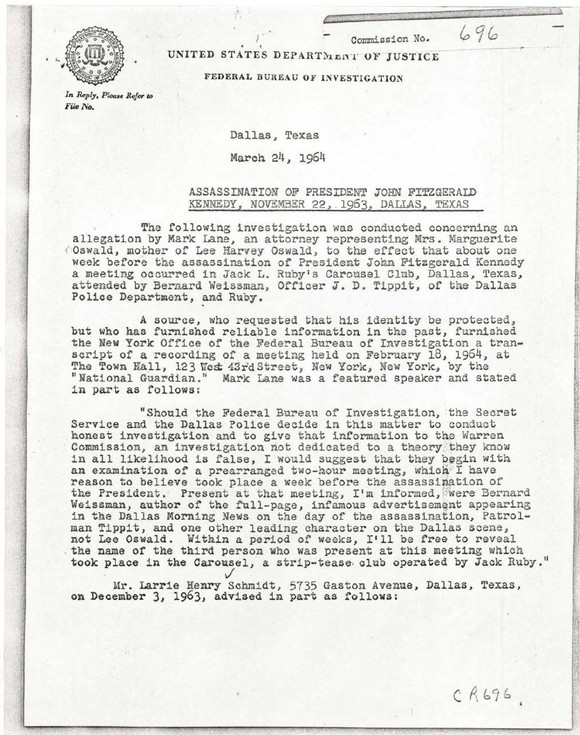
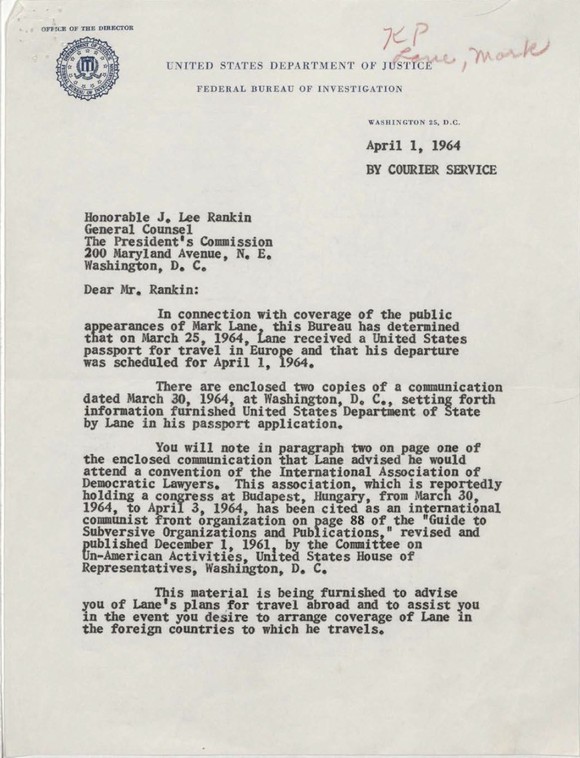
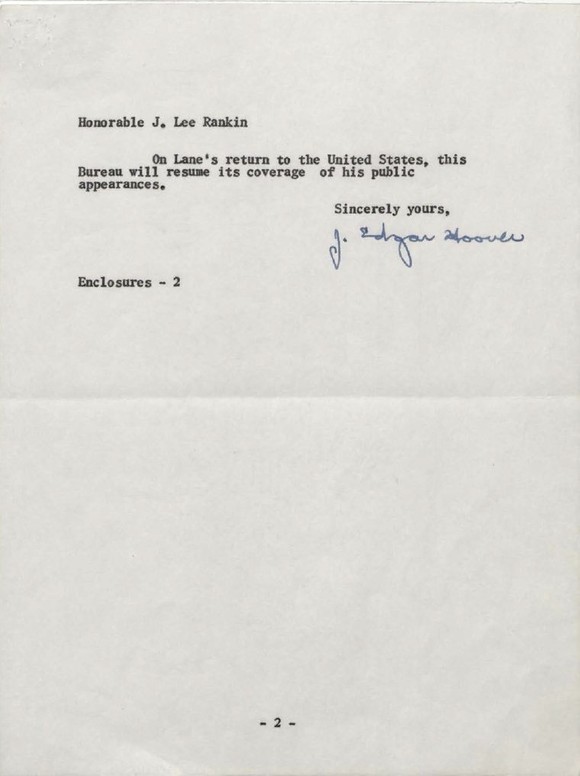
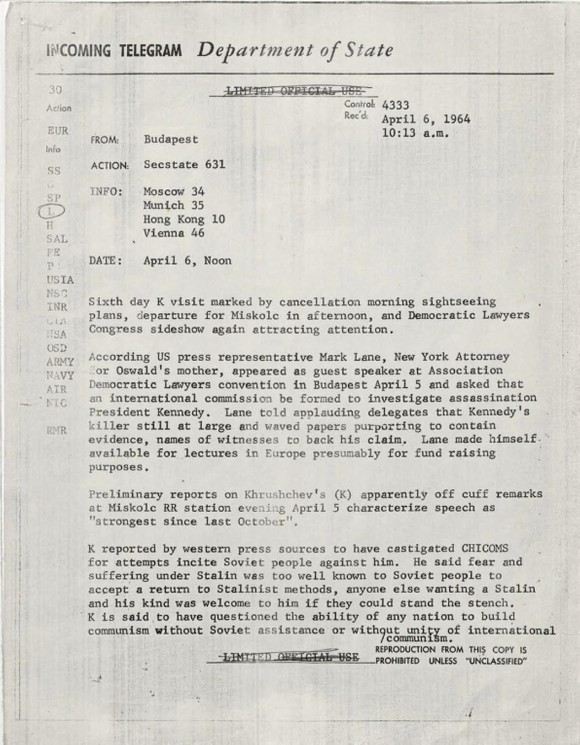
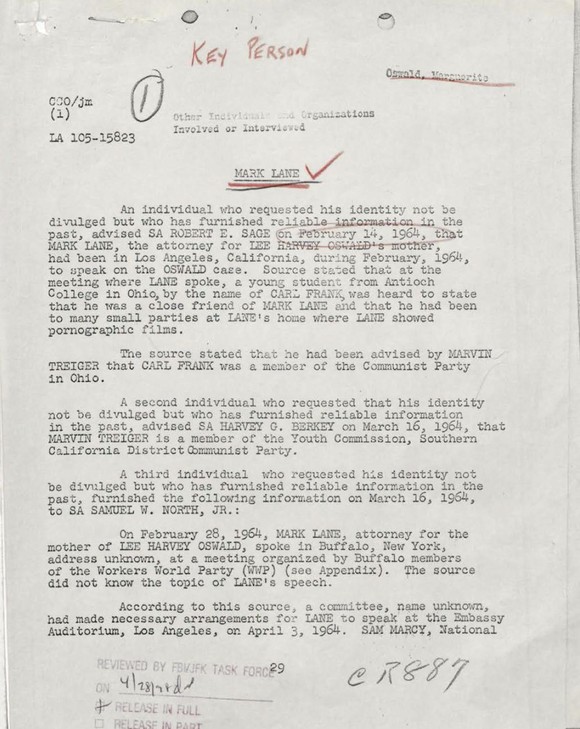

Related products
-
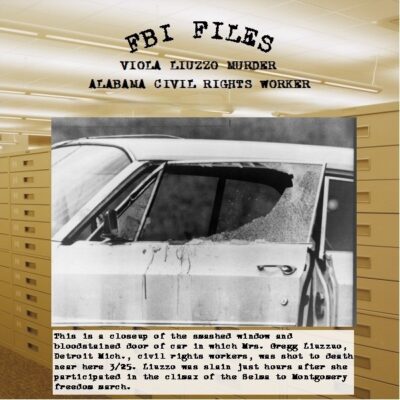
Viola Liuzzo Murder – Alabama KKK FBI Files – President Johnson Secret Phone Recordings
$19.50 Add to Cart -
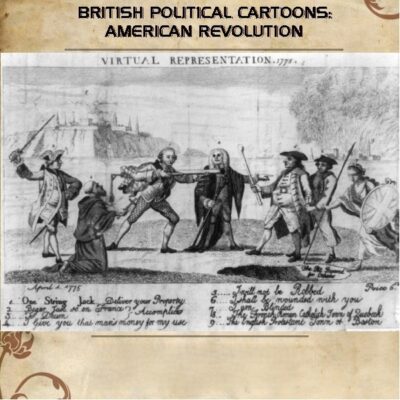
American Revolution: British Political Cartoons
$19.50 Add to Cart -
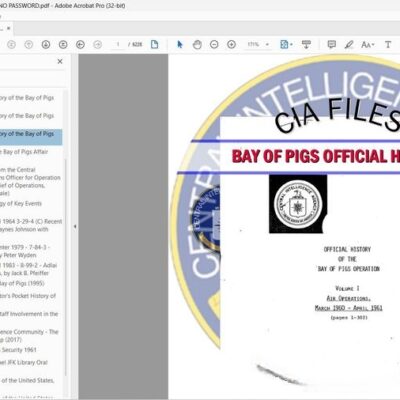
Bay of Pigs CIA Official History of the Bay of Pigs Operation
$19.50 Add to Cart -
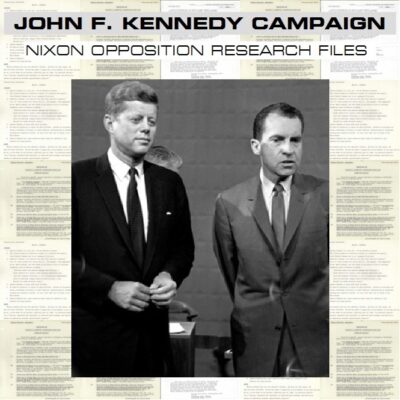
John F. Kennedy 1960 Presidential Election Campaign
$19.50 Add to Cart